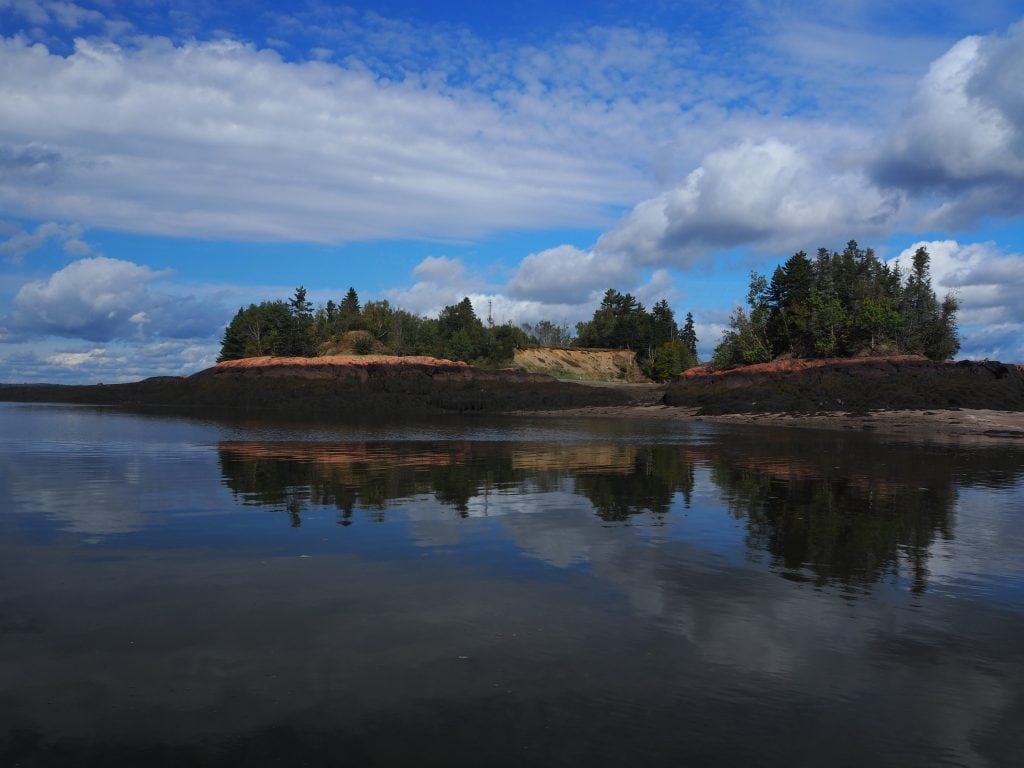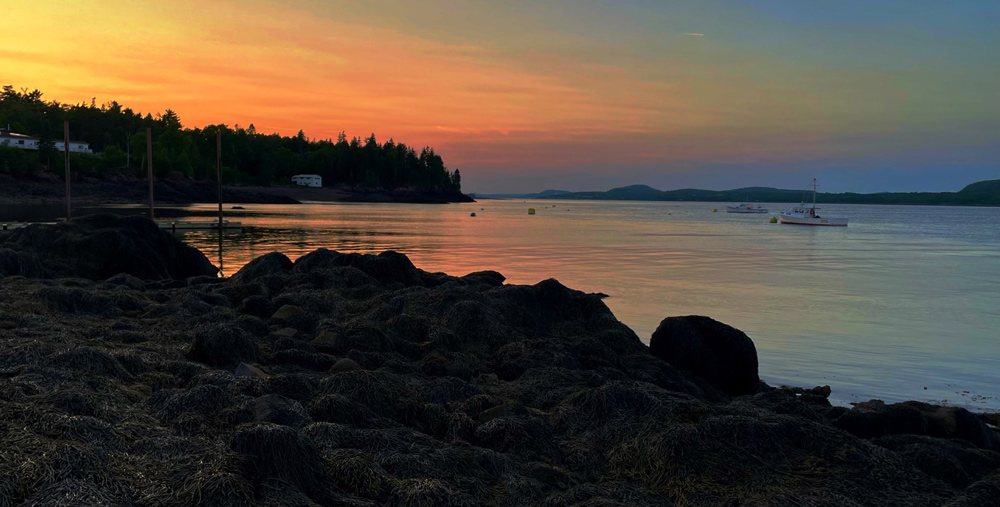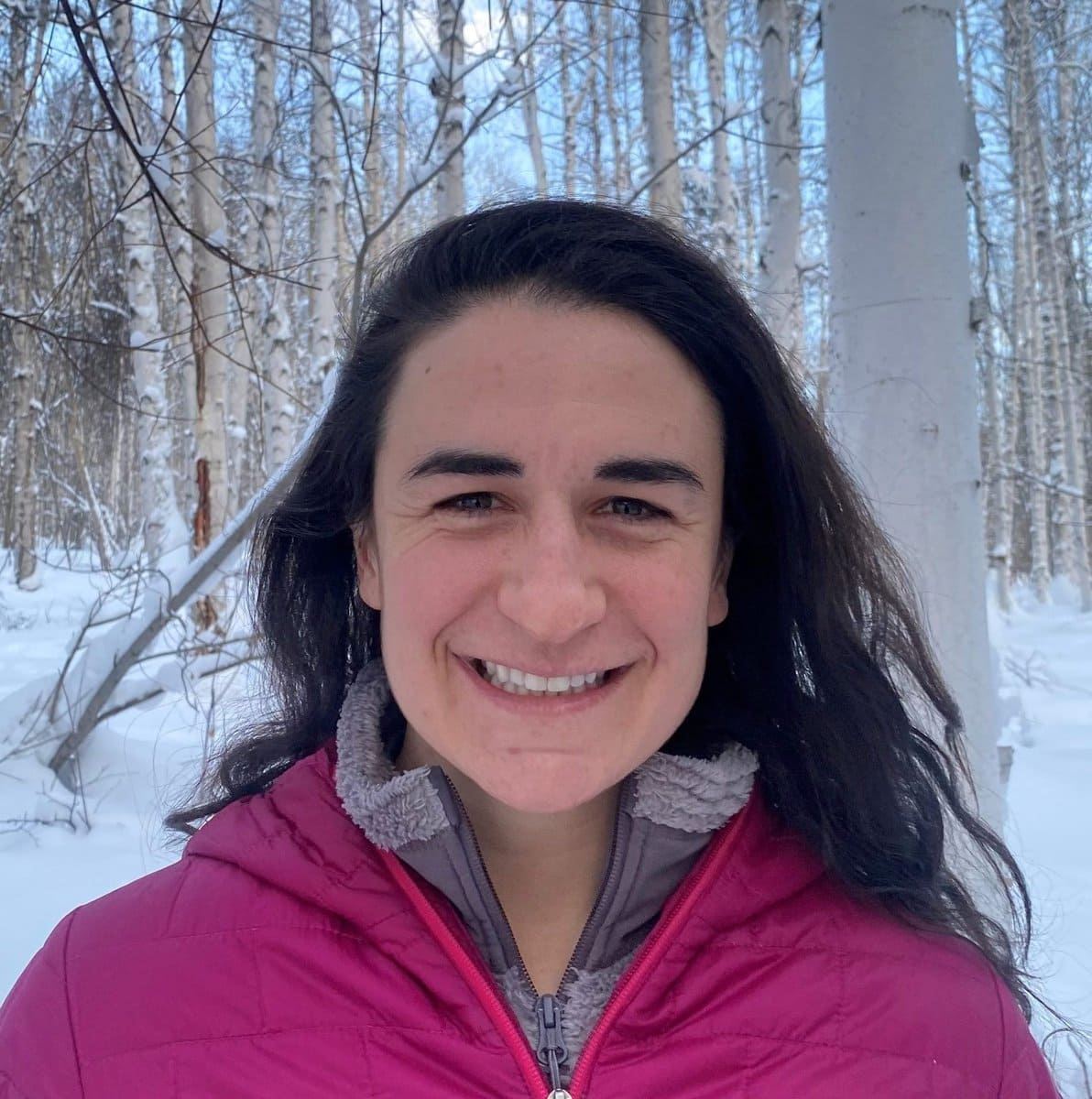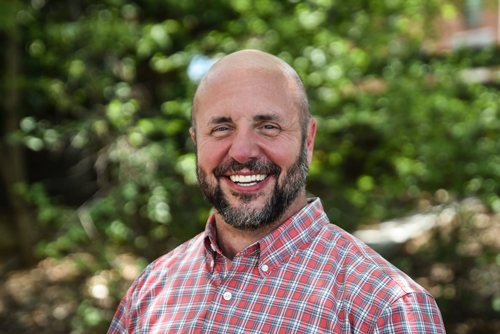In the heart of Passamaquoddy Nation ancestral territory, a workshop was recently conducted to explore nature-based solutions (NBS) at Saint Croix Island aimed at enhancing resilience and preserving the island’s historic resources. This workshop, which forms part of a broader research task focused on Engineering with Nature (EWN) applications in cold regions, brought together stakeholders, experts, and representatives to collectively address the challenges faced by the island due to erosion and sea-level rise exacerbated by climate change. ERDC researchers included: Jeff King (EL), Lauren Bosche (CRREL), and Nick Cohn (CHL). Collaborating organizations included: National Park Service; Passamaquoddy Nation; National Research Council-Canada; Parks Canada; University of Virginia; and EA Engineering, Science, and Technology, Inc., PBC
Saint Croix Island, a 6.5-acre uninhabited island, holds immense historical significance. Managed by the National Park Service (NPS) as an International Historic Site under a formal agreement with Parks Canada and in consultation with the Passamaquoddy Tribe, the island has faced substantial erosion over the centuries, endangering its original ‘habitation’ footprint and the ancient cemetery where 35 French settlers are buried. The island’s location is a challenging region known for its cold climate brings additional hurdles, including swift tidal currents, a tidal range exceeding 20 feet, and powerful winter storms and ice that batter its shores.
Recognizing the island’s archaeological and historic significance, the workshop aimed to explore NBS alternatives that would work effectively for this unique site. The project partners, led by the US Army Corps of Engineers’ Engineering With Nature® (EWN®) program, are committed to understanding and harnessing the potential of nature-based solutions to protect the island from further erosion and preserve its cultural heritage.
The workshop objectives were multifaceted. A site visit to Saint Croix Island provided attendees with first-hand experience and deeper insights into the current conditions and anticipated vulnerabilities. Participants collaboratively shared information about the project site and its surrounding system, contributing their thoughts and ideas for proposed NBS design alternatives through breakout group exercises and other activities.













